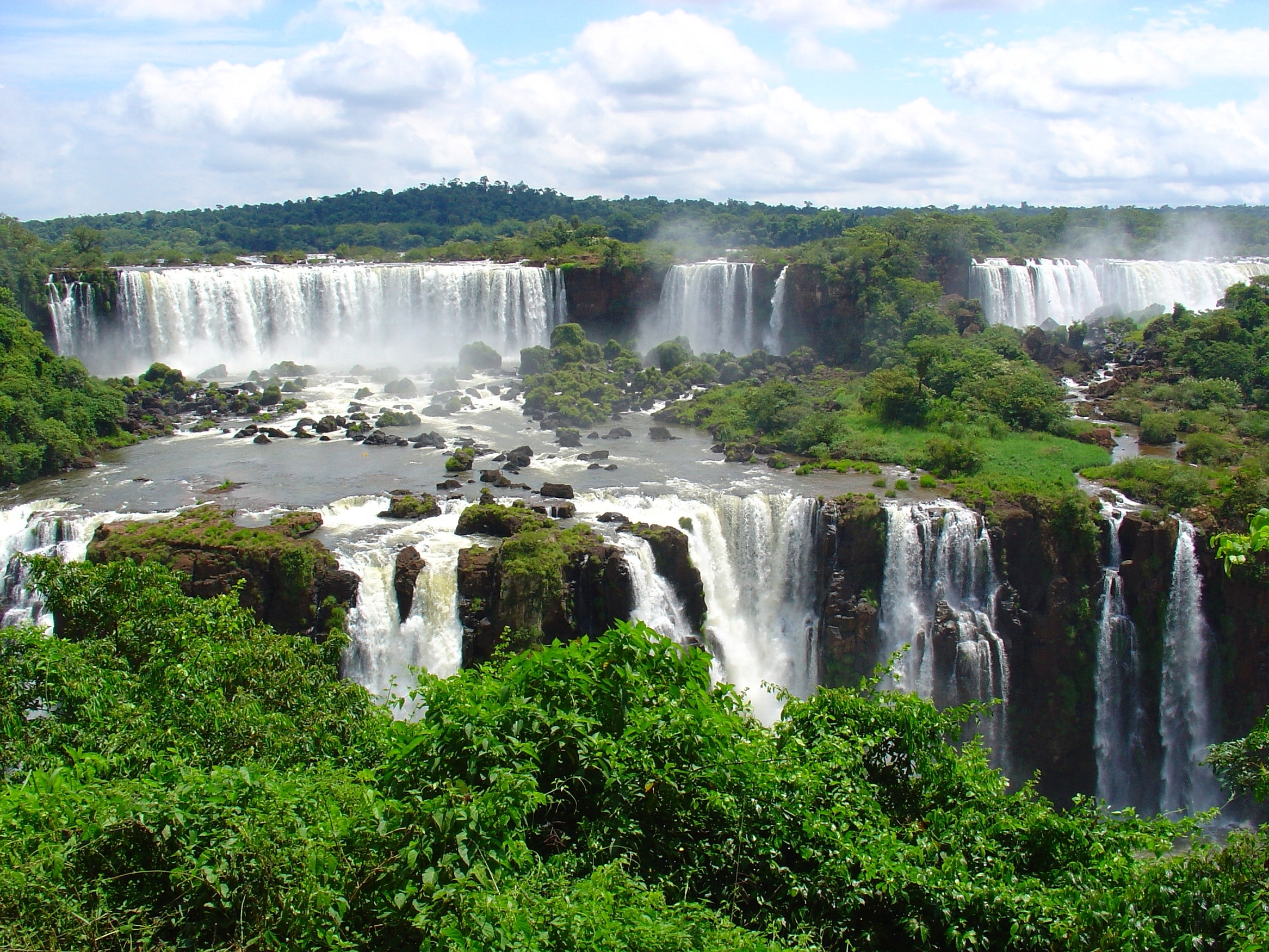What I learned about leadership by looking at moss

Many years ago, I visited a forest in southwest England with an ecologist friend. He was describing the carbon cycle, explaining how forests and rivers work as part of the earth’s ecosystem. He asked me to lie face down on the ground and look at what was in front of me.
I lay there looking at all this lichen and moss right before my eyes. I saw clouds of colour, tiny flowers, exquisite patterns. And I thought about some photographs I’d seen recently – images of the universe taken from the space telescope Hubble.
Whenever I see these space images I’m reminded of an ancient Buddhist story about Indra, the God of the Heavens.
According to this story, when Indra fashioned the world, he made it as a net, and at every knot in the net he tied a pearl. Everything that exists, or has ever existed, every idea – is a pearl in the net. And every single pearl reflects an image of the entire web. It’s a symbol of the universe as a web of connections.
Lying on that forest floor, I understood this idea for the first time. The beauty of the tiniest elements of nature and the wonder of a vast universe. The sense that each is part of the other. That we are all connected.
So, what does this have to do with leadership?
The idea that we’re all connected might sound obvious to some – but it can feel conspicuously absent in a world where the focus is on competition and individual attainment.
We’re now 10 years on from the financial crisis of 2008. Many of the consequences of that crisis – and the crazy excesses and leadership failures that led to it – are still with us. But today, I believe we’re in the middle of an even greater one.
Politically, in many places – including my home country Britain, and my adopted home in the US – we’re in uncharted waters. Socially, we’re facing real problems of inequality and polarisation. Ecologically, we’ve crossed into unprecedented territory. According to a recent UN report, we have just 12 years to limit catastrophic climate change.
Asking the big questions
As leaders, it can be all too easy to focus on the daily concerns of our own organisations. There’s a natural tendency to break things down into units that we understand and have some control over. It’s what companies do. Business leaders don’t want to spend their time worrying about things over which they have little influence. They have short-term targets to meet, and even doing that is extraordinarily hard.
But I believe there are bigger questions to ask. For instance: with the world’s population set to reach 9+ billion people by 2050, how can build a regenerative future, in which we live rewarding lives, in well-functioning societies, in harmony with the planet?
It’s a daunting question! But we must tackle these dilemmas. We can’t address today’s complexity in silos.
Our modern economies, our current way of doing business – where we measure financial outcomes but rarely focus on social or environmental ones – are simply not sustainable.
Business can be an incredible force for good. Companies have played a crucial role in human advancement. But some of the models that served us well in the past need a serious rethink. And we shouldn’t be surprised. Life is change. Nothing stands still. The idea that capitalism doesn’t need to evolve is absurd.
One of our great leadership challenges today is to turn a situation that feels frightening and overwhelming, into an opportunity to reimagine how we live and work. To see it as an invitation to creativity, passion and brilliance. To view this not as a political, national or business agenda, but as a human one.
What I’m describing sounds hugely ambitious – and some may say idealistic. But I would describe it as pragmatic.
Shifting perspectives
At Leaders’ Quest, we believe people sometimes need a wake-up call to step up and shape a different future. To be reminded that we’re part of something bigger than ourselves. That’s why we focus on experiential learning in our leadership development work. We believe it’s the most powerful way to shift perspectives.
Increasingly, we’re asking our own version of the big question:
What kind of leaders do we need to build a regenerative future?
In reply, I offer four suggestions, inspired by the sense of awe and connection I felt looking at that lichen on the forest floor – and 17 years of working with senior leaders from business, government and non-profits:
First, we have to get over ourselves!
To get out of our own way. To let go of the fear of losing out or being insignificant; and the need to measure ourselves against one another to know we matter. This requires profound personal growth. It’s about slowing down as the world appears to speed up. Recalibrating between an obsession with doing, and a better balance with being. It’s about purpose, compassion, curiosity, humility. We won’t solve collective problems if we’re not committed to growing as individuals.
Second, we have to learn to lead from uncertainty.
To get comfortable with not knowing. To become better listeners and learn to disagree more intelligently. To balance having one foot in the present and one in the future, because so many of the decisions we make today have an impact 10, 20 years down the road. And the consequences of ignoring this are more profound than ever before. It’s a brave thing: owning our uncertainty.
Third, we need radical collaboration.
I’m thinking about the painstaking consensus-building that led to the Paris Agreement. In Leaders’ Quest we talk about relentless generosity. Some people get upset with me for using this word relentless, but I think it’s fundamental to collaboration and it’s not easy! It means constantly expanding our own circle of compassion. Balancing power and love and how we use each of them.
Finally, we need to make time to shift our perspectives.
I believe we can all find opportunities to pause and shift our perspective – whether in a forest, on the street or at our desks. To seek moments of stillness where we can experience things differently. To really appreciate the interconnectedness of life. And the power and responsibility and possibility that comes with it.
I think that’s what leadership is all about.


